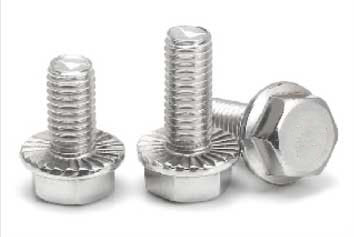Due to the particularity of the material, stainless steel bolts and nuts have irreplaceable advantages over other types of bolts.
- Stainless steel bolts are wear-resistant, heat-resistant, and corrosion-resistant. Due to the extremely high surface finish of the wire thread sleeve, the friction between the inner and outer threads can be effectively reduced. Stainless steel itself has the characteristics of high-temperature resistance and corrosion resistance.
- Stainless steel bolts have good shock resistance and effectively prevent loosening. The special structure of the lock nut can lock the bolt in the screw hole without loosening even in a strong vibration environment. Its locking performance is better than other locking devices.
- Stainless steel bolts prevent rusting. The surface of the stainless steel material itself is extremely smooth. When used in harsh environments such as humidity and corrosion, it will not rust the mating substrate, avoiding the loss of replacing the expensive substrate due to the rusted hole that cannot be disassembled
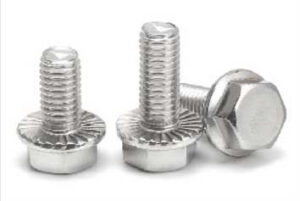
Stainless Steel Hexagon Bolt
Material: Grade 4.8, Grade 8.8, Grade 10.9, Grade 12.9 (natural color, blue and white zinc, color zinc), stainless steel 201, 304, 316, 316L
Standard: GB30, DIN931, DIN933, GB5782, GB5783, ANSIB18.2.1
Stainless steel hexagon bolts are the most commonly used type of stainless steel fasteners. They are generally used in conjunction with nuts and are often used in places with high requirements for anti-corrosion or surface finish.
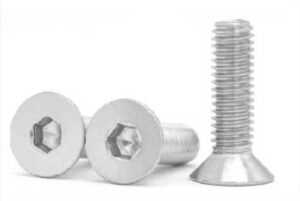
Hexagon Flange Bolt
Material: Grade 4.8, Grade 8.8, Grade 10.9, Grade 12.9 (black, blue and white zinc, color zinc), stainless steel 201, 304, 316
Standard: DIN6921, GB5789, GB5787
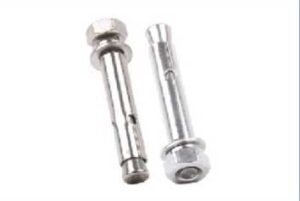
Stainless Steel Expansion Bolt
Material: carbon steel (blue and white zinc, color zinc), stainless steel 304, 316
Standard: GB22795
Stainless steel expansion bolts are composed of countersunk head bolts, sleeves, flat washers, spring washers, and hexagonal nuts. The tail of the stainless steel expansion bolt is conical, and the inner diameter of the cone is larger than the inner diameter of the expansion pipe. When the nut is tightened, the screw moves outward, and the conical part moves through the axial movement of the thread, which in turn forms a large positive pressure on the outer peripheral surface of the expansion pipe, and the angle of the cone is small so that the wall and the expansion Frictional self-locking is formed between the tube and the cone, thereby achieving a fixed effect.
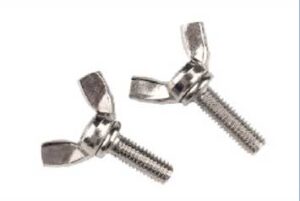
Stainless Steel Wing Bolt
Material: 4 carbon steel (blue and white zinc, color zinc), stainless steel 201, 304, 316
Standard: DIN316





